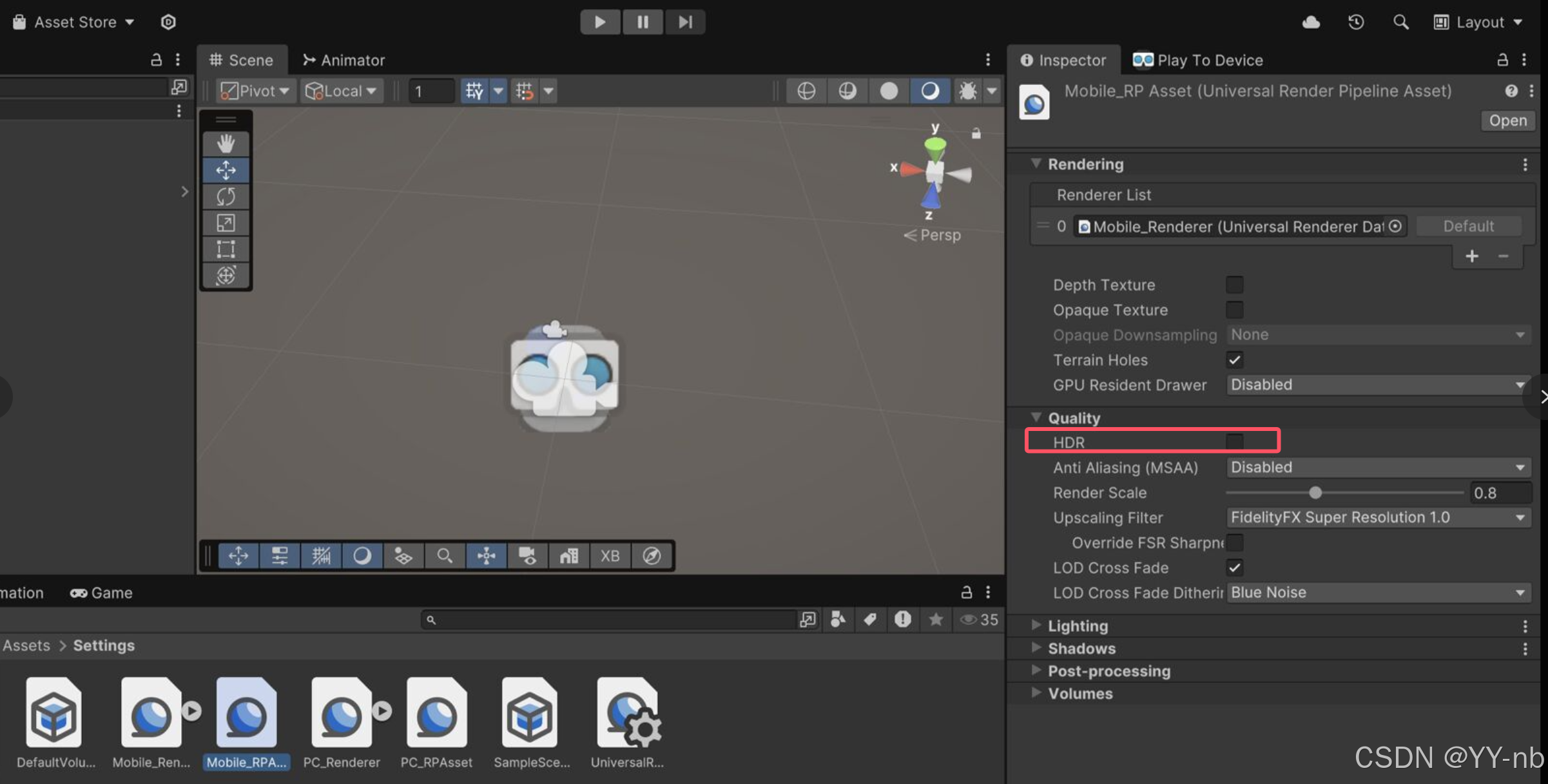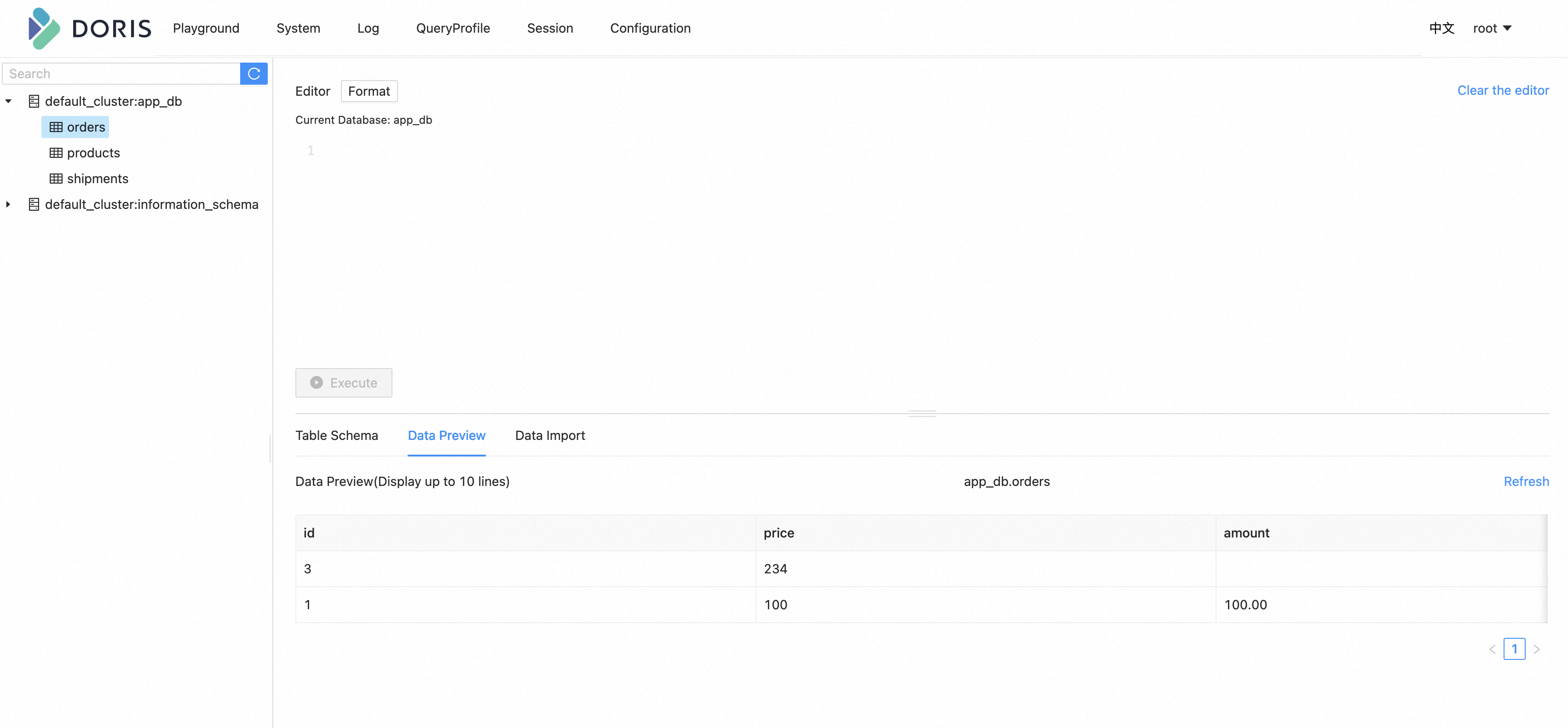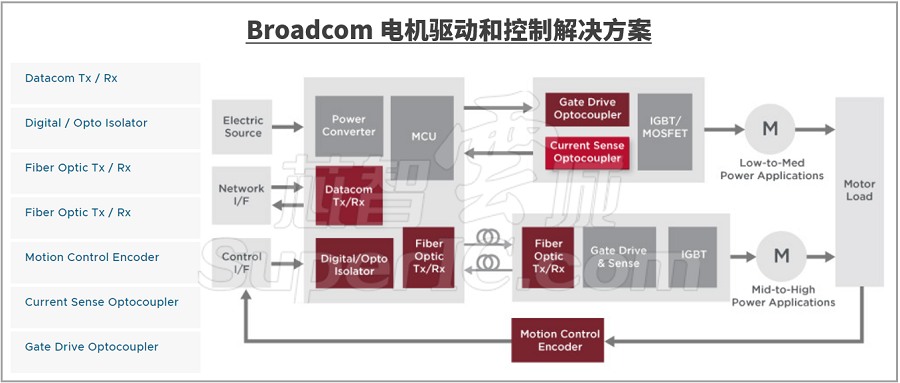背景:
原来在学习分屏课程期间,当时没有对分屏分割线的区域部分进行详细介绍。
本篇文章就针对这个块的知识进行详细的补充讲解,首先可以通过下图所示分割线情况,这样有一个初步的认识

简单说分屏情况下分割线是可以拖拉到不同的档位区域,而且竖屏和横屏的分割线区域还有差别,比如竖屏可以有5分档,而横屏只有3分档。
注意:这个5分档,3分档一般来说包含边际的两个分档,但是边际的分档一般看不见,所以说真的可以见分档线其实都需要减2,比如竖屏可见是3个分割线,横屏1各分割线

剖析分割线构建SnapTarget源码
代码位置:
frameworks/base/core/java/com/android/internal/policy/DividerSnapAlgorithm.java
这个DividerSnapAlgorithm是专门管理分割线位置相关的算法类
分割线的代表类SnapTarget:
/**
* Represents a snap target for the divider.
*/
public static class SnapTarget {
public static final int FLAG_NONE = 0;
/** If the divider reaches this value, the left/top task should be dismissed. */
public static final int FLAG_DISMISS_START = 1;
/** If the divider reaches this value, the right/bottom task should be dismissed */
public static final int FLAG_DISMISS_END = 2;
/** Position of this snap target. The right/bottom edge of the top/left task snaps here. */
public final int position;
/**
* Like {@link #position}, but used to calculate the task bounds which might be different
* from the stack bounds.
*/
public final int taskPosition;
public final int flag;
public boolean isMiddleTarget;
/**
* Multiplier used to calculate distance to snap position. The lower this value, the harder
* it's to snap on this target
*/
private final float distanceMultiplier;
public SnapTarget(int position, int taskPosition, int flag) {
this(position, taskPosition, flag, 1f);
}
public SnapTarget(int position, int taskPosition, int flag, float distanceMultiplier) {
this.position = position;
this.taskPosition = taskPosition;
this.flag = flag;
this.distanceMultiplier = distanceMultiplier;
}
}
几个重要参数:
position 即代表分割线位置
flag 主要代表是来针对区分边际分割线,主要有FLAG_DISMISS_START(上)和FLAG_DISMISS_END(下),其他都是FLAG_NONE
distanceMultiplier 这个属于一个放大因子,就是针对首尾分割线的有到达距离的放大,让首尾分割线不会因为不小心误触很容易进入
具体计算分割线方法如下:
private void calculateTargets(boolean isHorizontalDivision, int dockedSide) {
mTargets.clear();
int dividerMax = isHorizontalDivision
? mDisplayHeight
: mDisplayWidth;
int startPos = -mDividerSize;
if (dockedSide == DOCKED_RIGHT) {
startPos += mInsets.left;
}
//首先添加SnapTarget.FLAG_DISMISS_START的SnapTarget
mTargets.add(new SnapTarget(startPos, startPos, SnapTarget.FLAG_DISMISS_START,
0.35f));
switch (mSnapMode) {//这里需要根据mSnapMode来分别创建分割情况
case SNAP_MODE_16_9://正常竖屏就是SNAP_MODE_16_9,一般会创建3个分割线
addRatio16_9Targets(isHorizontalDivision, dividerMax);
break;
case SNAP_FIXED_RATIO:
addFixedDivisionTargets(isHorizontalDivision, dividerMax);
break;
case SNAP_ONLY_1_1://正常横屏就是SNAP_ONLY_1_1,所以只有中间一个分割线
addMiddleTarget(isHorizontalDivision);
break;
case SNAP_MODE_MINIMIZED:
addMinimizedTarget(isHorizontalDivision, dockedSide);
break;
}
//最后添加SnapTarget.FLAG_DISMISS_END的SnapTarget
mTargets.add(new SnapTarget(dividerMax, dividerMax, SnapTarget.FLAG_DISMISS_END, 0.35f));
}
参数isHorizontalDivision,代表是当前分割线是横着显示还是竖着显示,所以这里注意不是指的横竖屏幕,刚好是相反的,竖屏分割线是横着显示isHorizontalDivision =true,横屏isHorizontalDivision=false。
mSnapMode这个变量是在DividerSnapAlgorithm构造时候从res中config获取的
 通过搜索dockedStackDividerSnapMode发现如下:
通过搜索dockedStackDividerSnapMode发现如下: 竖屏值一般是0,横屏值一般是2
竖屏值一般是0,横屏值一般是2

先看看简单的SNAP_ONLY_1_1的实现方法直接就是addMiddleTarget
private void addMiddleTarget(boolean isHorizontalDivision) {
int position = DockedDividerUtils.calculateMiddlePosition(isHorizontalDivision,
mInsets, mDisplayWidth, mDisplayHeight, mDividerSize);
mTargets.add(new SnapTarget(position, position, SnapTarget.FLAG_NONE));
}
public static int calculateMiddlePosition(boolean isHorizontalDivision, Rect insets,
int displayWidth, int displayHeight, int dividerSize) {
int start = isHorizontalDivision ? insets.top : insets.left;
int end = isHorizontalDivision
? displayHeight - insets.bottom
: displayWidth - insets.right;
return start + (end - start) / 2 - dividerSize / 2;
}
这里可以看出来就是通过calculateMiddlePosition计算出来中间位置positon,再用这个positon构建对应的SnapTarget添加到mTargets。
同理看看竖屏的3个snap的计算方法addRatio16_9Targets
private void addRatio16_9Targets(boolean isHorizontalDivision, int dividerMax) {
int start = isHorizontalDivision ? mInsets.top : mInsets.left;
int end = isHorizontalDivision
? mDisplayHeight - mInsets.bottom
: mDisplayWidth - mInsets.right;
int startOther = isHorizontalDivision ? mInsets.left : mInsets.top;
int endOther = isHorizontalDivision
? mDisplayWidth - mInsets.right
: mDisplayHeight - mInsets.bottom;
float size = 9.0f / 16.0f * (endOther - startOther);
int sizeInt = (int) Math.floor(size);
int topPosition = start + sizeInt;
int bottomPosition = end - sizeInt - mDividerSize;
//注意这里计算了topPosition,bottomPosition两个位置,这里就是3分割线的上下分割线位置
addNonDismissingTargets(isHorizontalDivision, topPosition, bottomPosition, dividerMax);
}
private void addNonDismissingTargets(boolean isHorizontalDivision, int topPosition,
int bottomPosition, int dividerMax) {
maybeAddTarget(topPosition, topPosition - getStartInset());
addMiddleTarget(isHorizontalDivision);
maybeAddTarget(bottomPosition,
dividerMax - getEndInset() - (bottomPosition + mDividerSize));
}
这里addRatio16_9Targets核心就是计算出来了topPosition,bottomPosition,然后再使用addNonDismissingTargets方法进行构建SnapTarget。
核心看看这里的topPosition,bottomPosition是怎么计算的,刚好也可以解释为啥这里名字有16_9这个字符,其实本质就是计算个topPosition位置,拿竖屏来举例的话,这里因为想要屏幕宽度固定的,为了美观程度,所以一般topPosition这个区域要固定为一个16:9区域

addNonDismissingTargets方法主要就是有了topPosition,bottomPosition,在额外加上个middle,这样整体3个SnapTarget就构造成功。
创建后的分割线SnapTarget都会被放入到mTargets这个集合中去。
寻找合适分割线算法
上面已经分析出了分割线的几个SnapTarget,这些SnapTarget都是有固定位置的,那么接下来分析一下分割线如何到对应的SnapTarget。
外部传递一个比例值情况
一般这种情况是在启动分屏时候,需要设置好一个上下分屏比例ratio,主要通过如下方法:
/** Updates divide position and split bounds base on the ratio within root bounds. */
public void setDivideRatio(float ratio) {
final int position = isLandscape()
? mRootBounds.left + (int) (mRootBounds.width() * ratio)
: mRootBounds.top + (int) (mRootBounds.height() * ratio);
final DividerSnapAlgorithm.SnapTarget snapTarget =
mDividerSnapAlgorithm.calculateNonDismissingSnapTarget(position);
setDividePosition(snapTarget.position, false /* applyLayoutChange */);
}
可以看到这里会先根据ratio计算出一个位置position,但是这个position并不是直接的SnapTarget的position,需要把这个position传递到calculateNonDismissingSnapTarget方法计算出SnapTarget,然后在使用SnapTarget的position。
即比如传递ratio进去是0.25,那么计算的position就是2960 * 0.25 = 740,但是正常的top的SnapTarget的position一般是810+84 = 894。
看看这里的calculateNonDismissingSnapTarget方法
public SnapTarget calculateNonDismissingSnapTarget(int position) {
SnapTarget target = snap(position, false /* hardDismiss */);//主要调用snap
if (target == mDismissStartTarget) {
return mFirstSplitTarget;
} else if (target == mDismissEndTarget) {
return mLastSplitTarget;
} else {
return target;
}
}
看看snap方法:
private SnapTarget snap(int position, boolean hardDismiss) {
if (shouldApplyFreeSnapMode(position)) {
return new SnapTarget(position, position, SnapTarget.FLAG_NONE);
}
int minIndex = -1;
float minDistance = Float.MAX_VALUE;
int size = mTargets.size();
for (int i = 0; i < size; i++) {
SnapTarget target = mTargets.get(i);
float distance = Math.abs(position - target.position);
if (hardDismiss) {
distance /= target.distanceMultiplier;
}
if (distance < minDistance) {//这里会计算传递进来position和SnapTarget.position的距离
minIndex = i;
minDistance = distance;
}
}
return mTargets.get(minIndex);
}
这里snap方法本质就是根据传递进来的position,与mTargets集合的所有position进行比较距离,离谁最近就选谁。
更多framework详细代码和资料参考如下链接
投屏专题部分:
https://mp.weixin.qq.com/s/IGm6VHMiAOPejC_H3N_SNg
hal+perfetto+surfaceflinger
https://mp.weixin.qq.com/s/LbVLnu1udqExHVKxd74ILg
其他课程七件套专题:
点击这里
https://mp.weixin.qq.com/s/Qv8zjgQ0CkalKmvi8tMGaw
视频试看:
https://www.bilibili.com/video/BV1wc41117L4/
参考相关链接:
https://blog.csdn.net/zhimokf/article/details/137958615
更多framework假威风耗:androidframework007



















